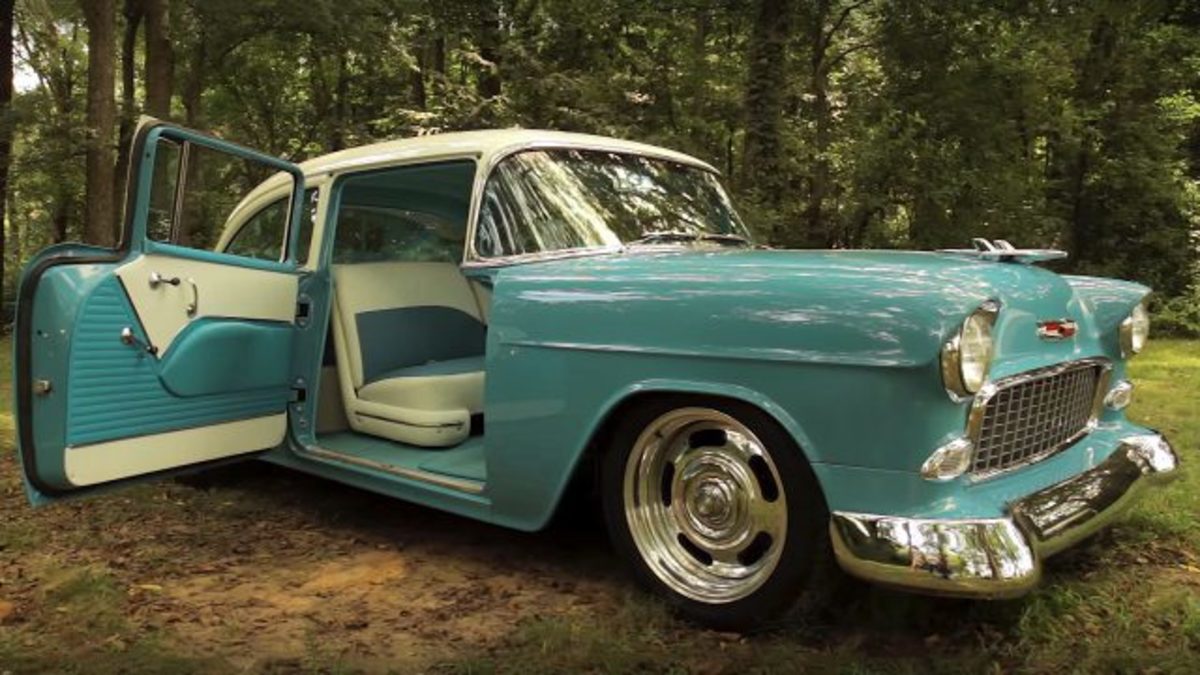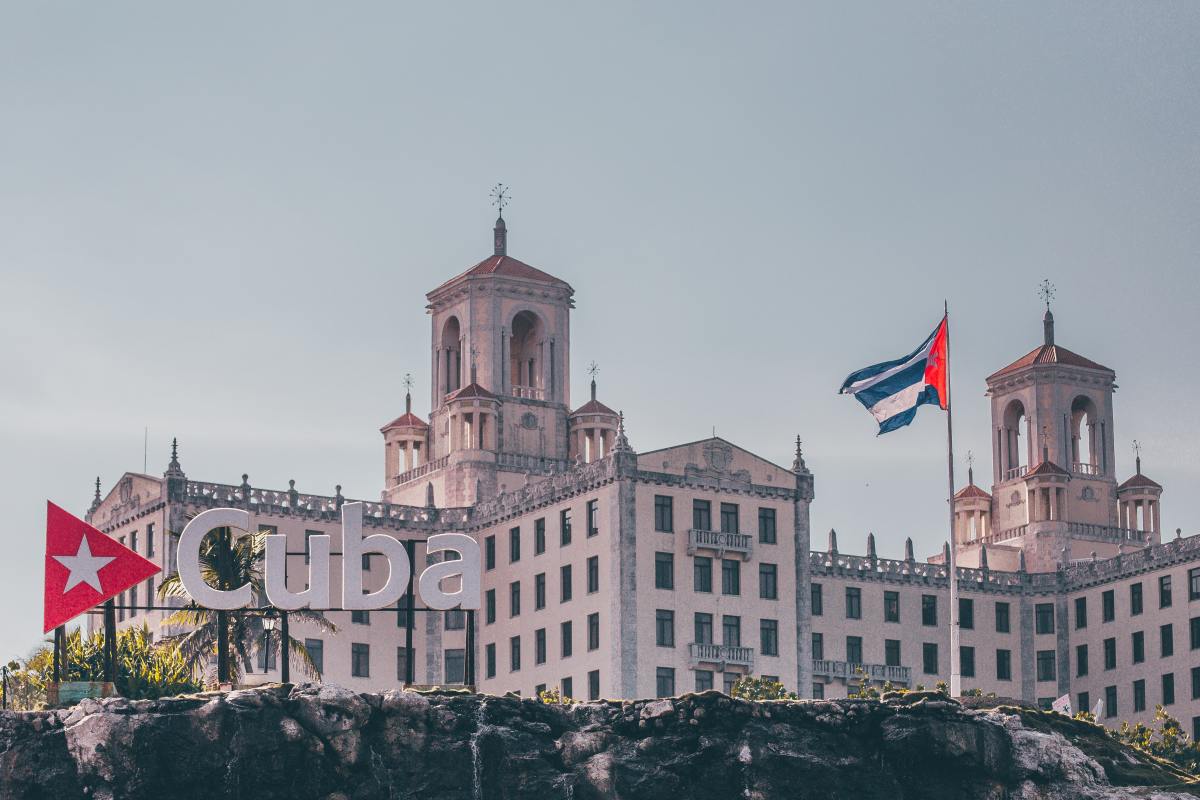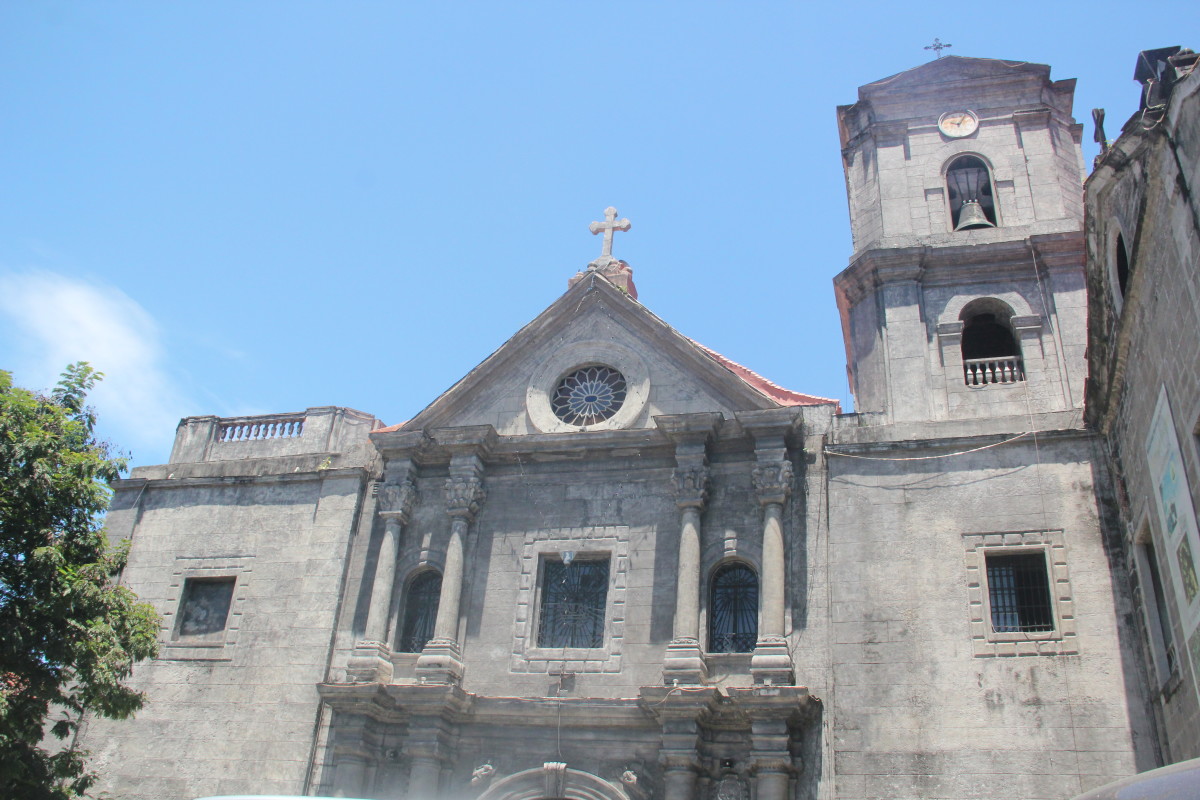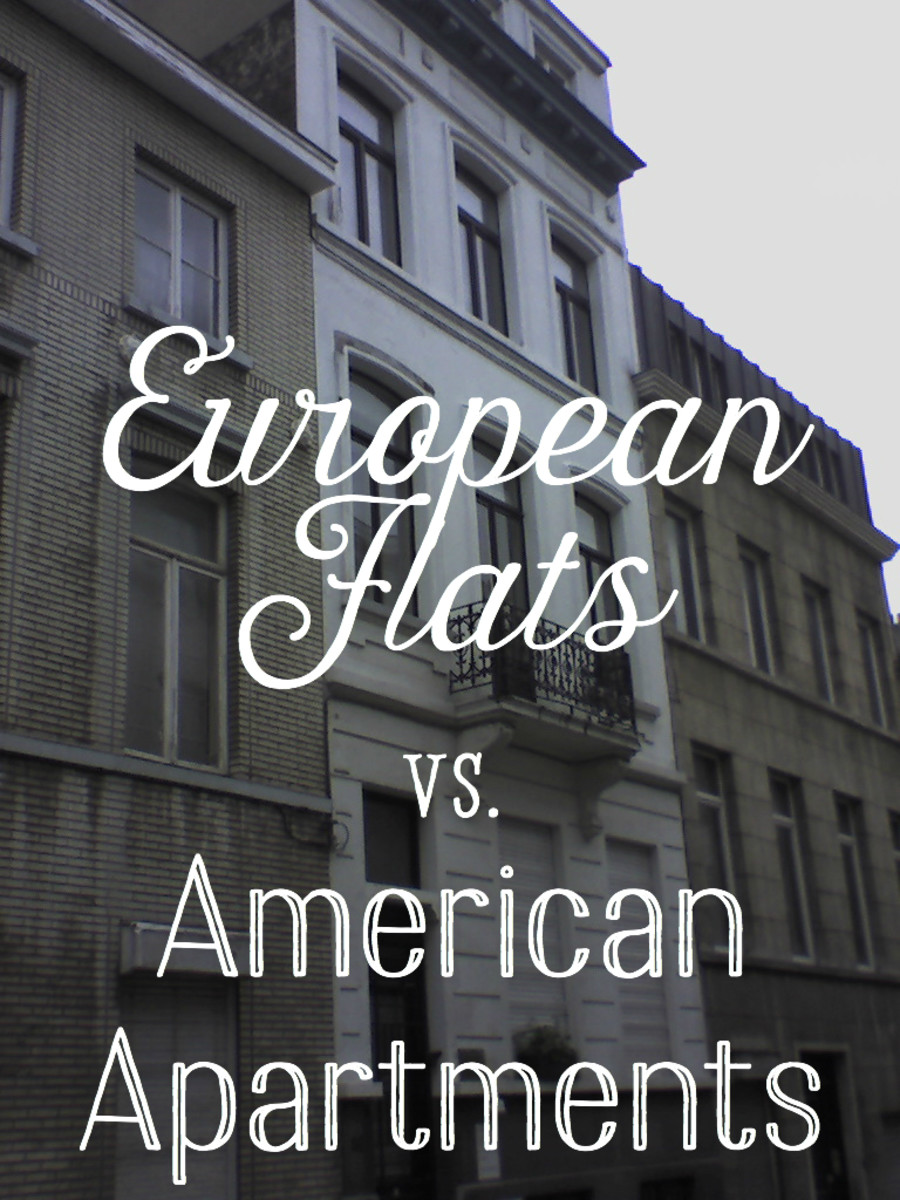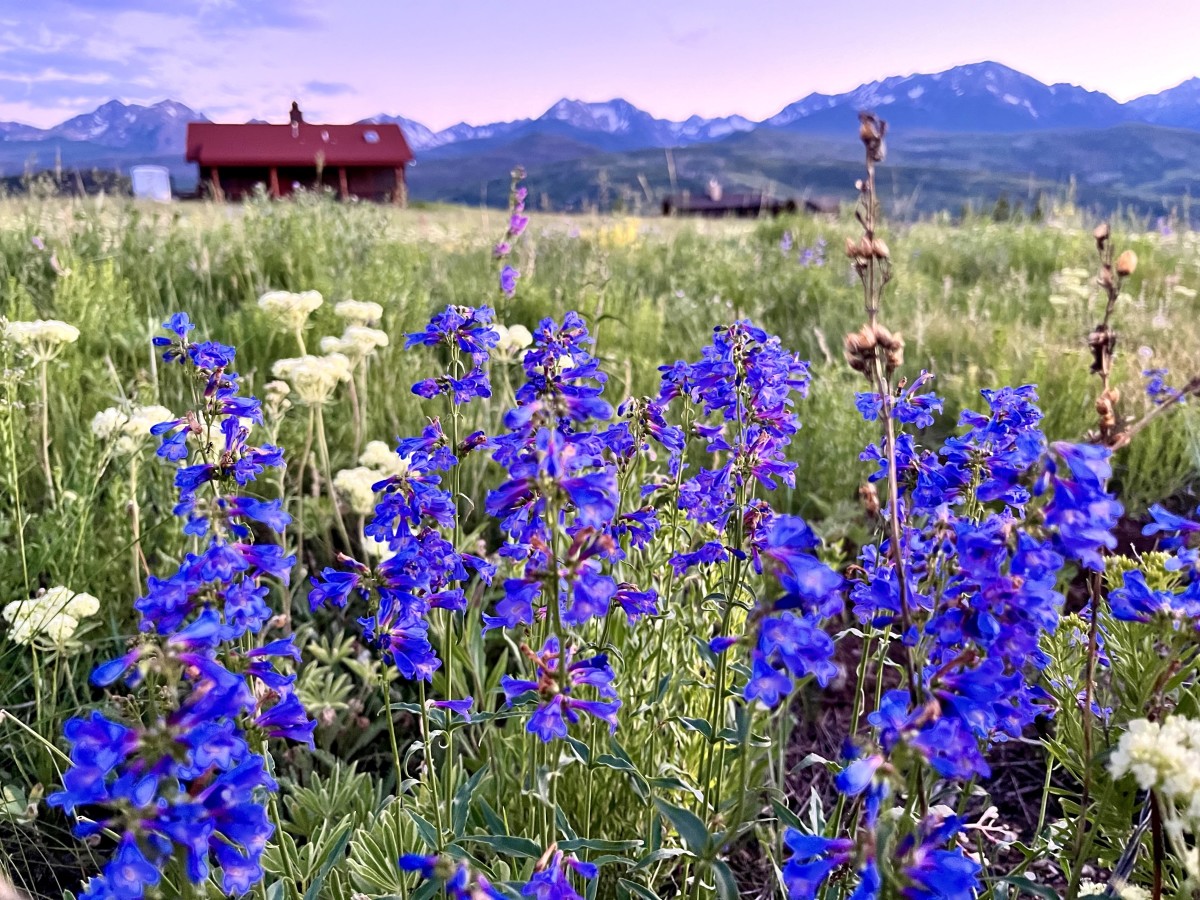The Streets of Havana
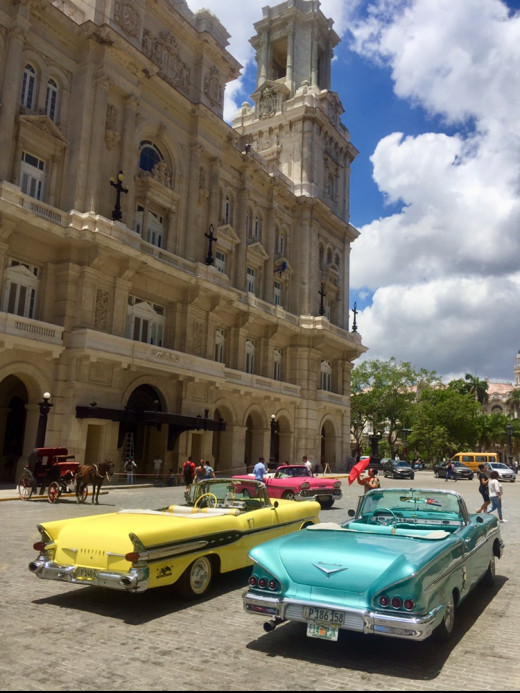
Havana is a beautiful, charming place with a vibrant and intriguing city life. Stunning historic pastel-colored and colorful cracking architecture, rows of classic American cars in bright candy colors from the years before the Revolution and rhythm of salsa and rumba everywhere.
Enjoy the beauty that still remains after years of decadence. Live the history and experience the real Cuba.
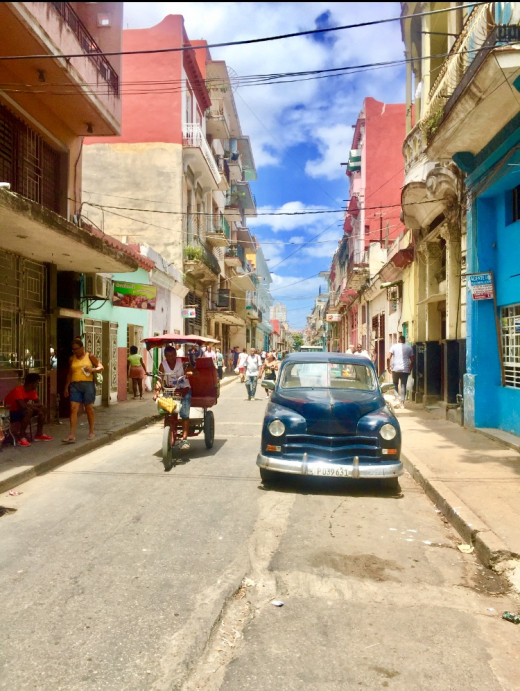
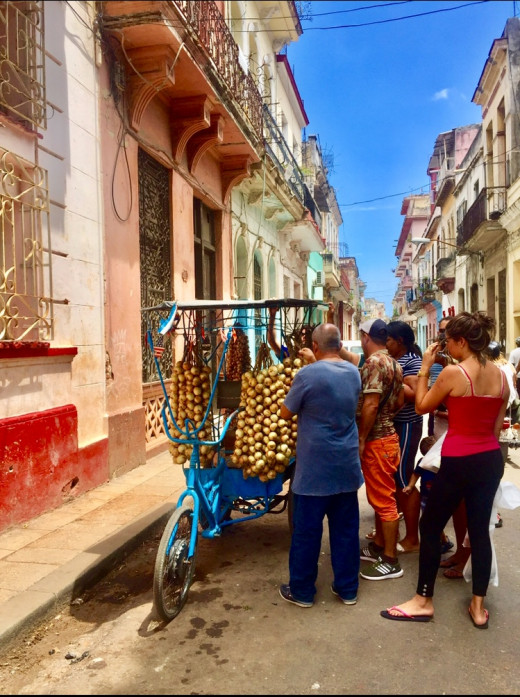
Differences and daily life
After the Revolution in 1959, Cuba has gone through several crises, stagnation and isolation. This is partly because of Castro's strict regime of banning everything associated with capitalism, and partly because of embargo from the outside world. Coming to Cuba and Havana feels like stepping back decades. Despite a desperate need for the preservation and maintenance of both buildings and infrastructure, daily life continues with creativity and hope.
What may seem heartbreaking and different to a tourist may be to get to know the daily struggle for the survival and rights for many cubans. Behind house fronts, people live to an existential minimum with very low wages and coupons for food rationing. For example, a family of three persons may just buy one fish for a month.
The underlying poverty and the daily struggle to provide today's meal, and being able to access ordinary goods such as soap and toilet paper that we in industrialized countries take for granted, are some of the pulse of life on the streets. It is important to keep in mind that the possibilities for buying food and goods that a tourist with unlimited funds may have on holiday in Cuba, are not available to a regular Cuban. It will just be a dream.
Still, you are greeted by heartwarming smiles, rhythms and dancing in the streets.
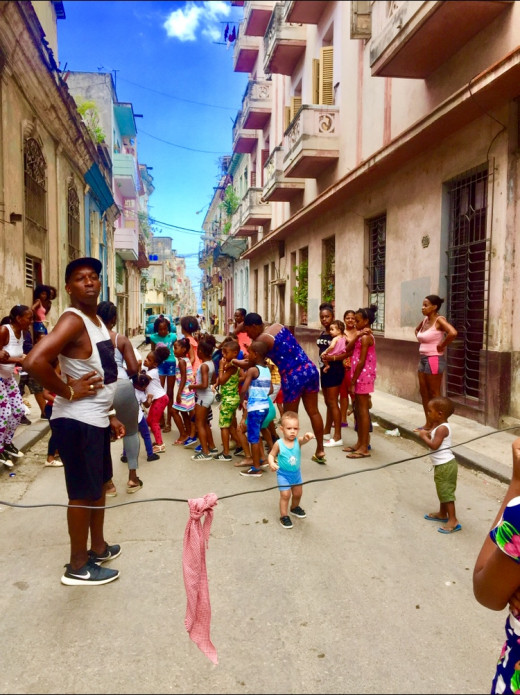
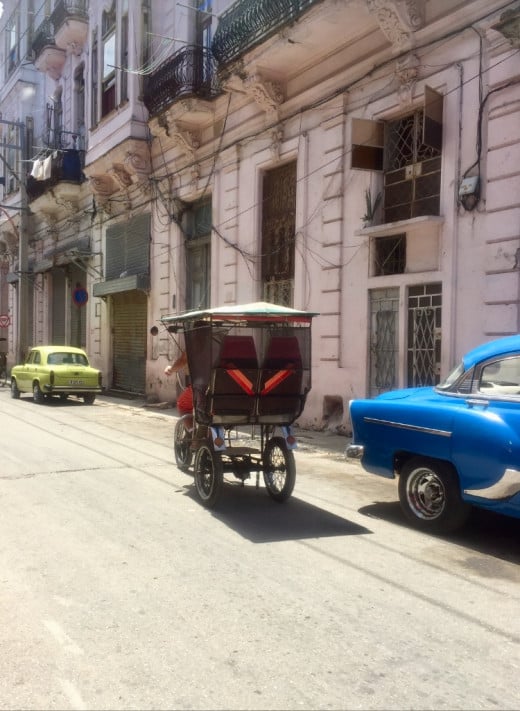
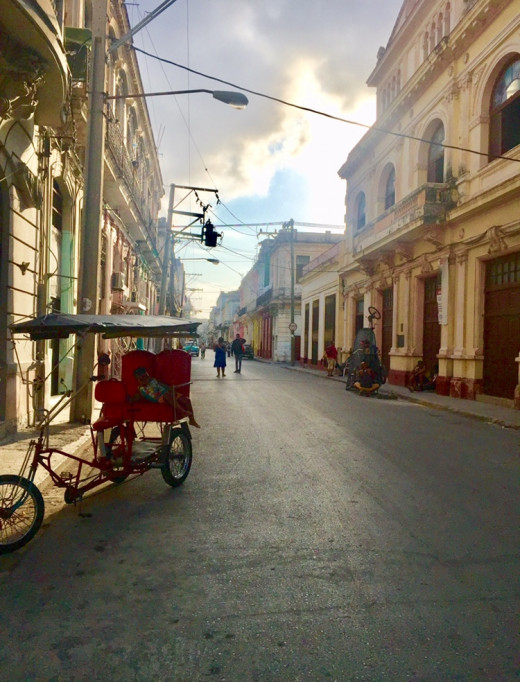
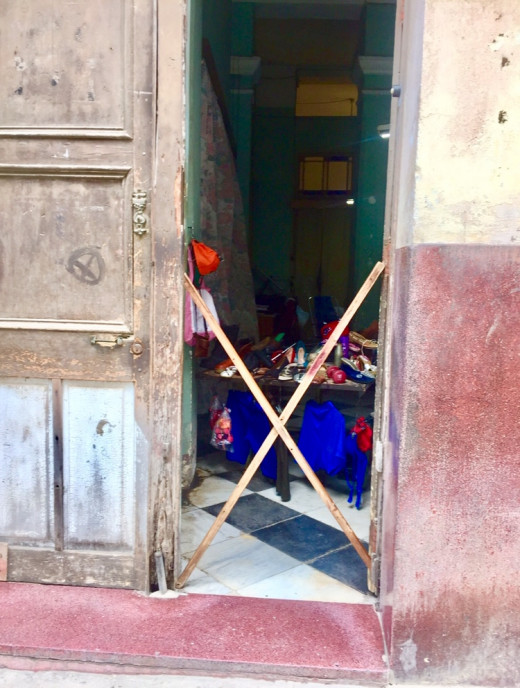
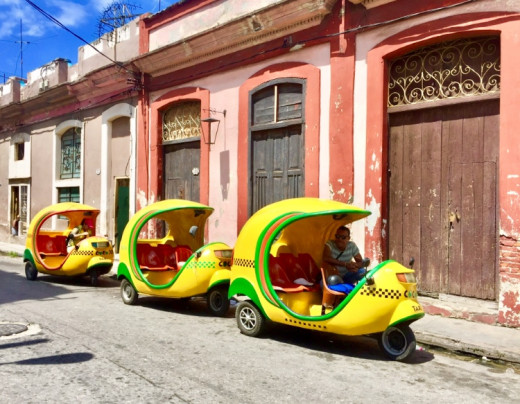
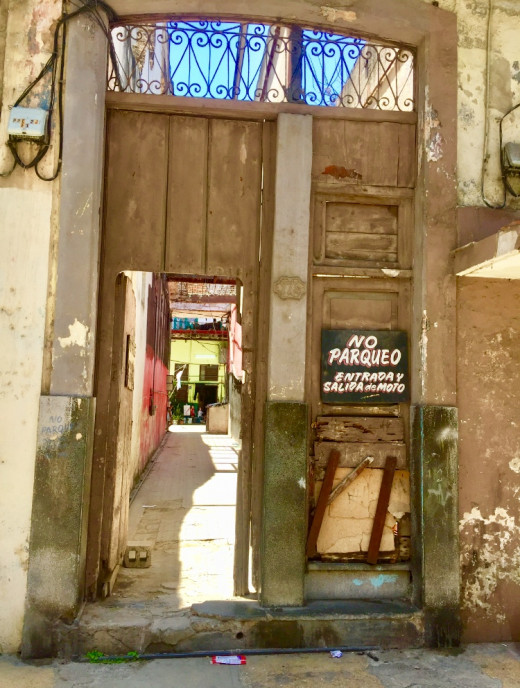
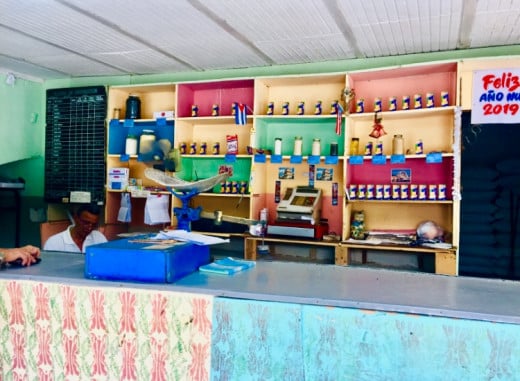
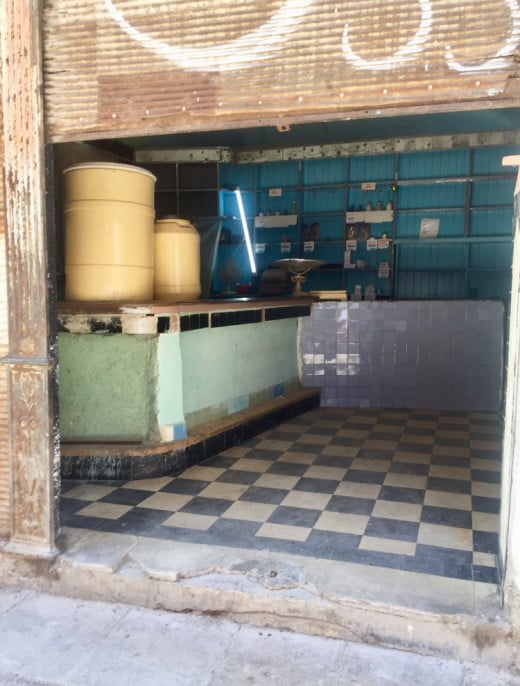
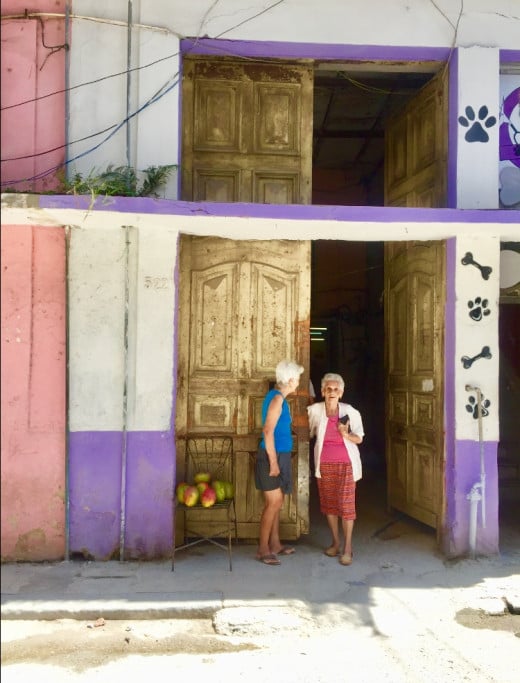
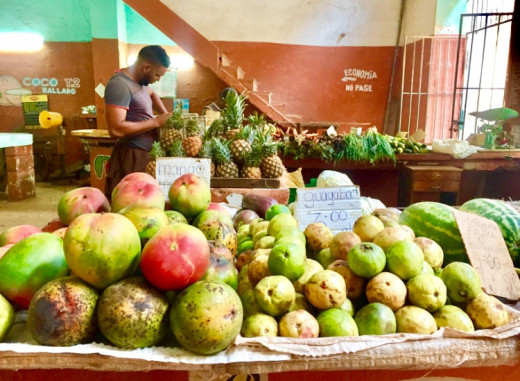
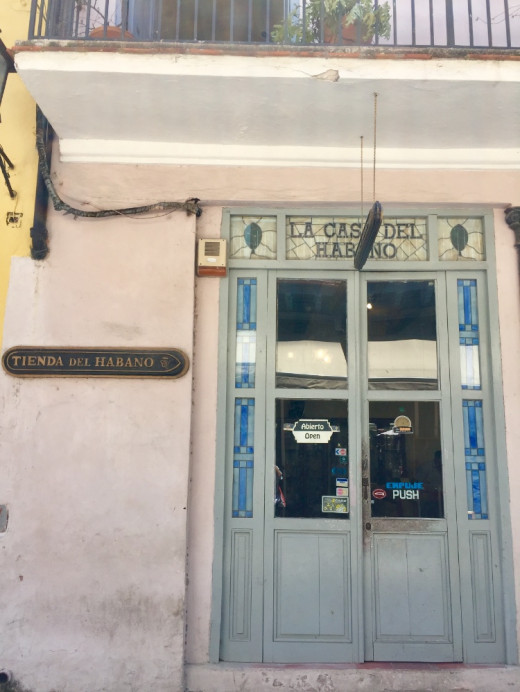
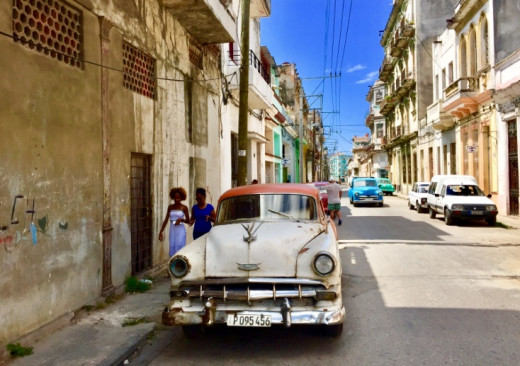
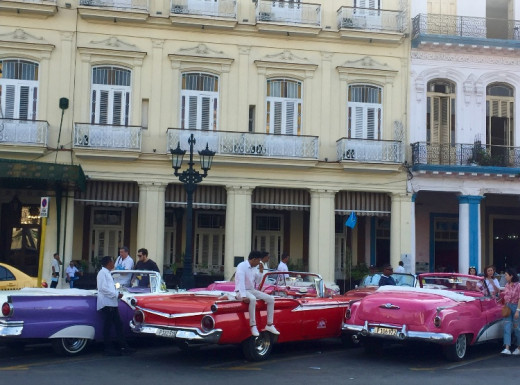
American Classic Cars
One of the most exotic things that catch your attention when you are in the heart of Cuba's capital is the amount of classic American cars. At El Parque Central in Havana Vieja, the shiny, glossy classics in cute candy colors with polished chrome are in line and ready to take tourists around for sightseeing. You will find them all; Fords, Pontiacs, Chevrolets, Buicks, Dodges, Studebakers and Plymouths. Most of these are state-owned. Others have been family owned and are inherited.
Within few minutes walking distance of the busiest shopping streets for tourists in Havana Vieja, the cityscape is changing dramatically. In the neighboring district of Centro Havana, the glimpse into a Cuban's life may seem much more authentic, fewer buildings have received emergency first aid, shops have almost no goods, queues to get their share of the coupon system for food rationing are long, and many of the American classics driving around between Russian Ladas and Chinese Geelys is in very poor condition, only held together by scrap metal and odd parts. Electricity comes and goes. So does the water.
It is estimated that there are around 60000 classic American cars from the first half of the 20th century in Cuba. American cars were imported until after the Revolution when Castro banned both imports of American cars and their technical parts to the island. Therefore it is not uncommon for a beautiful old American Chevrolet to be kept alive with a Russian engine. Where there is no other choice, creative solutions become a necessity.
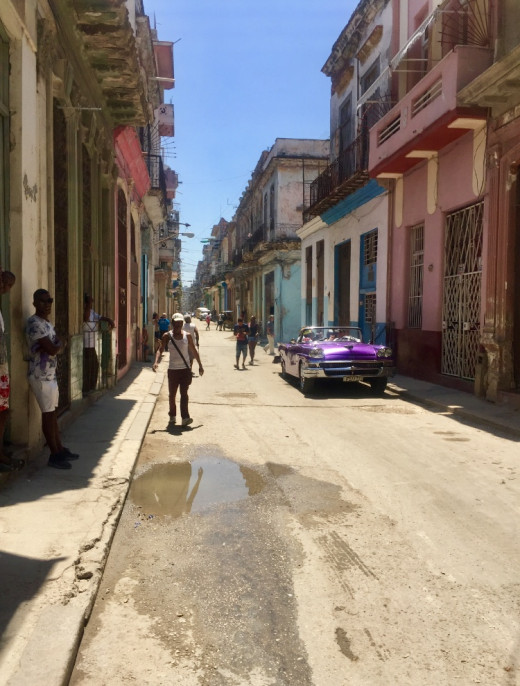
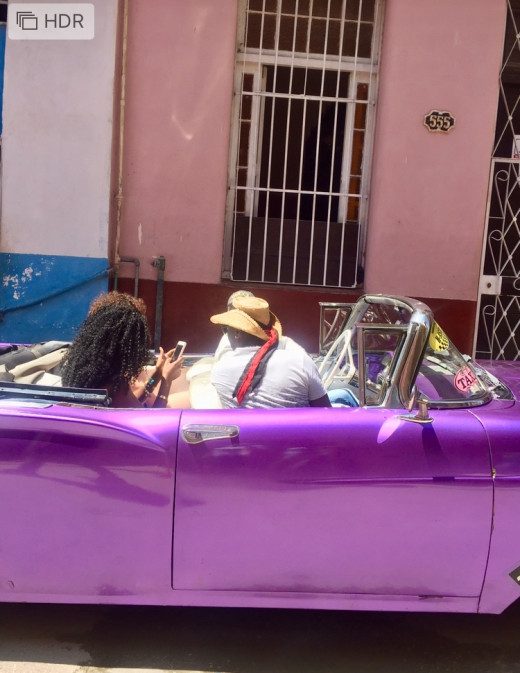
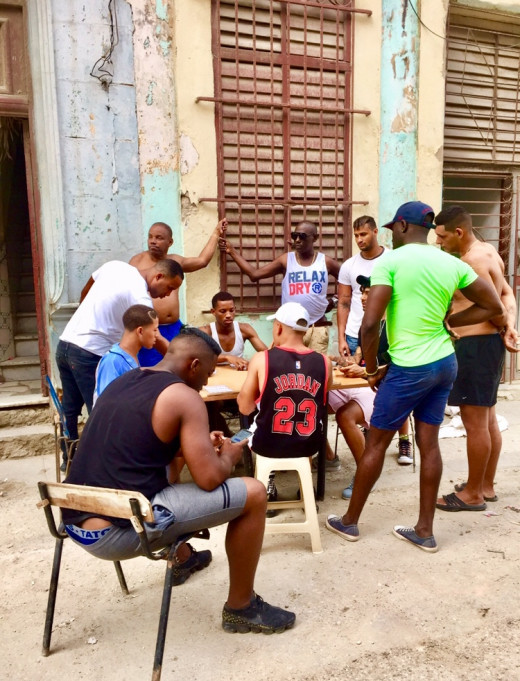
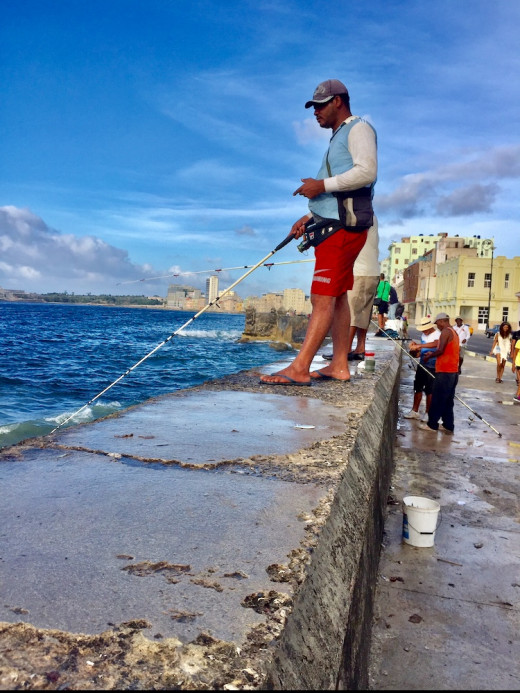
El Malecón and the future
El Malecón is one of the most famous public and touristic sites in Havana. The eight kilometer promenade and wall separating the city from the waves of the Florida Strait is a favorite place to relax and socialize. Along the wall you can see fishermen trying their luck.
Despite the fact that the place is a picturesque idyll from sunrise to sunset, there are several serious problems associated with both the wall and the surrounding areas.
There is no beach here, and waves sometimes wash over the sea wall and cause major flooding in the surrounding areas. Both weather phenomena, water with corrosive salt and bright sunshine are destructive to the historic and beautiful Malecón area.
The wall and the promenade, as well as the buildings in the area, have extensive damage, and it is urgent to both repair and prevent further damage. A mix of poorly built and poorly maintained houses gives cause for action quickly. Not at least in relation to today's climate change challenges and the city's future.
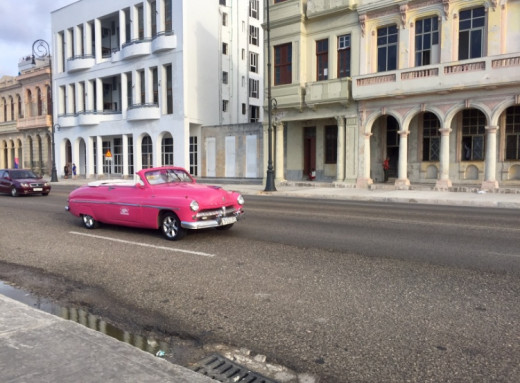
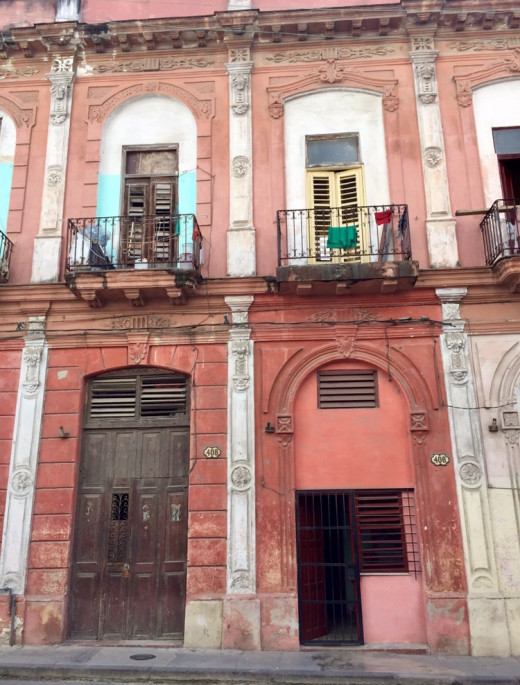
Architecture
Unlike the expressionless architecture of some areas of former communist states in Eastern Europe, Cuba has largely been spared this dull architecture. Walking across Havana is like being on a long historical walk. It is impossible not to be affected by all the beauty that is and must once have been. For a photo lover, this is an eldorado.
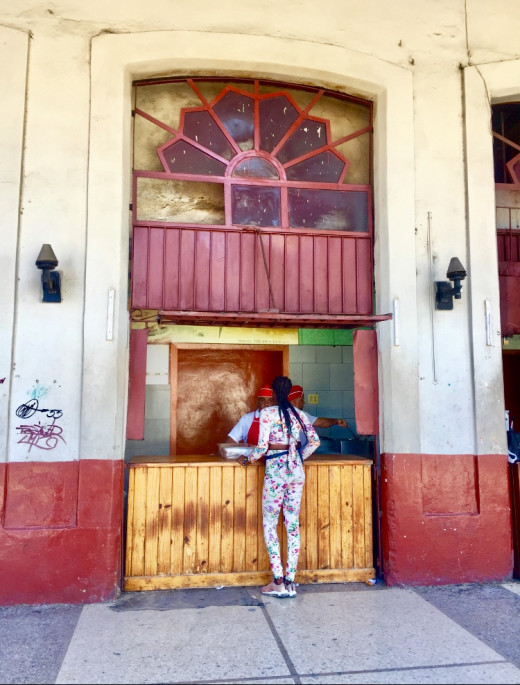
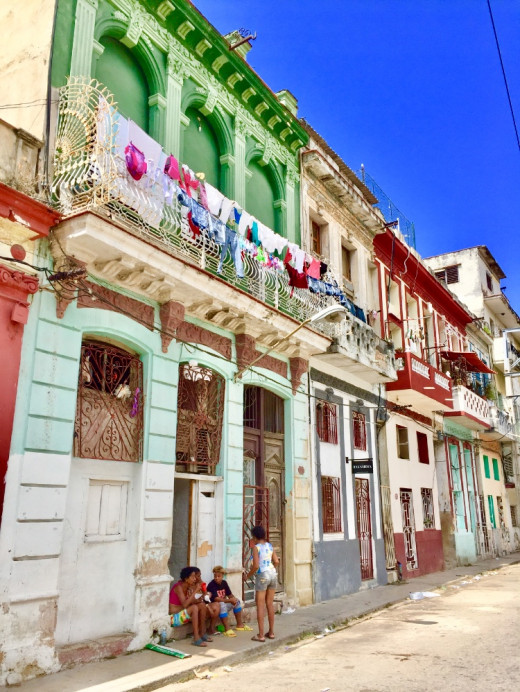
Spanish colonial style
The Spanish colonization of Cuba in the 16th century brought with it architecture already known in Spain. The colonial style with colorful façades, retractable entrances and gorgeous wrought iron works in front of the windows can be found everywhere in the city. The fact that the entrance was pulled further into the buildings in Cuba than in Spain was due to the strong heat. The grilles of wrought iron in front of the large windows and doors allowed them to remain open. Much of the influence of the Spanish style was Moorish-inspired, as the Moors ruled various areas of Spain for eight hundred years.
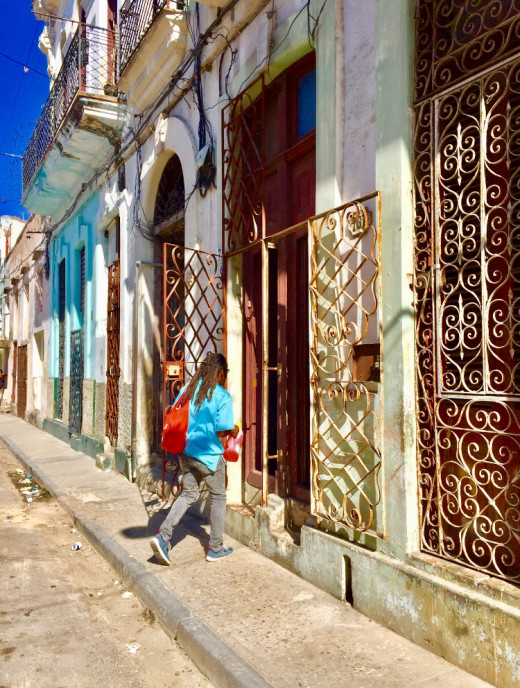
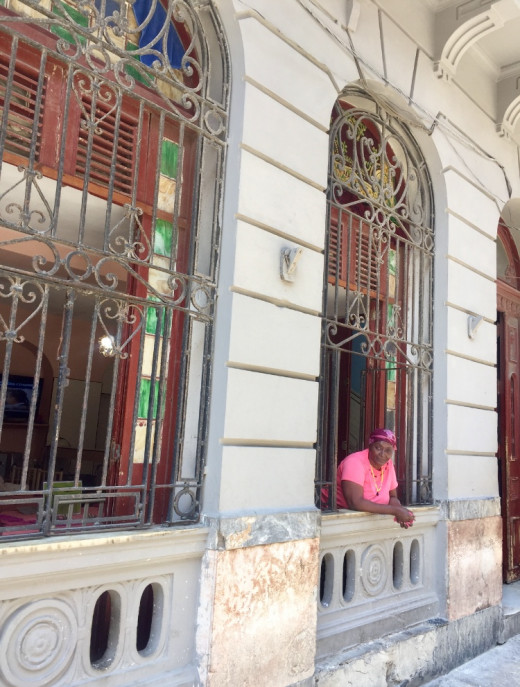
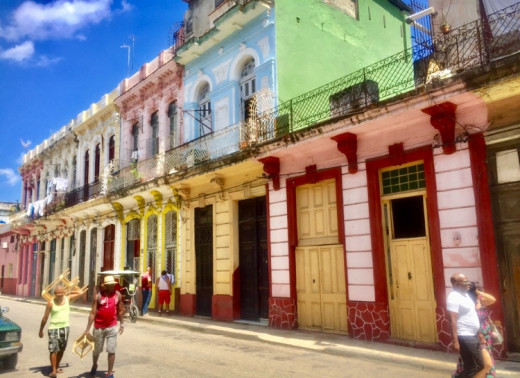
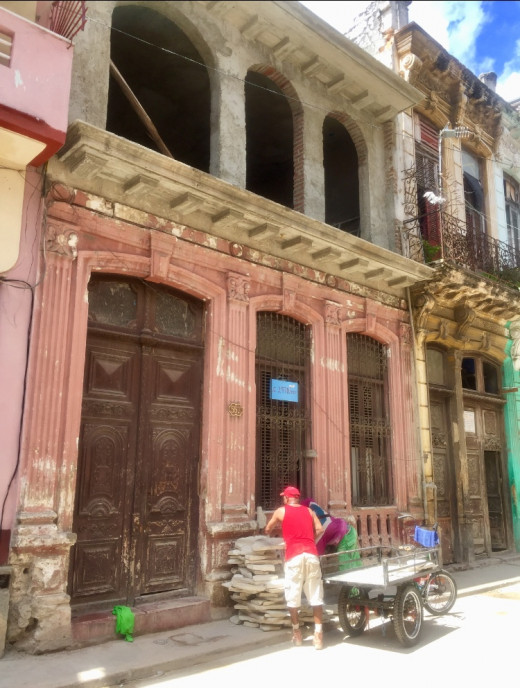
European Baroque
The European Baroque, with its origins in Italy during the 17th century, has also been a model for Havana's architecture. Wavy facades, twisted pillars and lavish ornamentation characterize the style used primarily on larger buildings. Cuban baroque has a roughness which is not to be seen in the baroque architecture in Europe, as the necessary materials and tools for processing did not exist on the island. So in this way, a separate expression of European Baroque in Cuba was created.
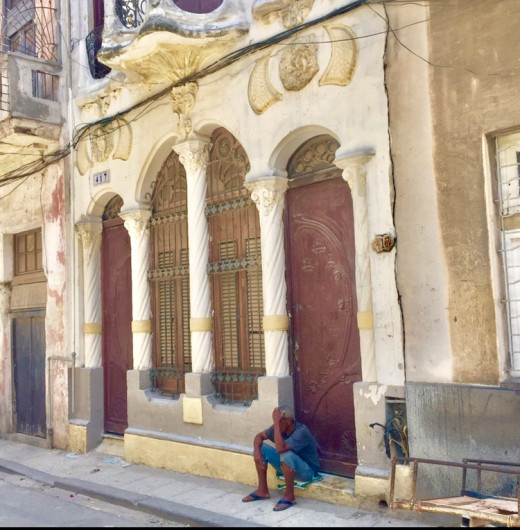
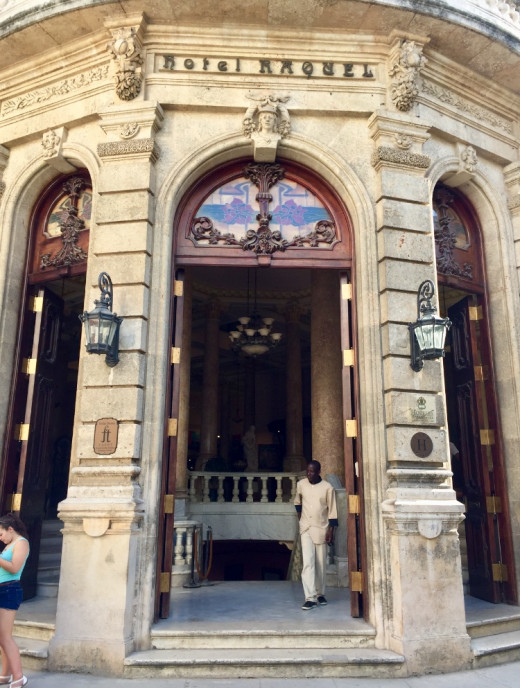
The City of Columns
In addition to the Spanish colonization of Cuba, many Haitians came to Cuba after the slave revolt in Haiti in 1791. Haiti was under French governance, and those who fled to Cuba introduced what is termed the neoclassical style, characterized by the use of many pillars. Havana has been called "The City of Columns".
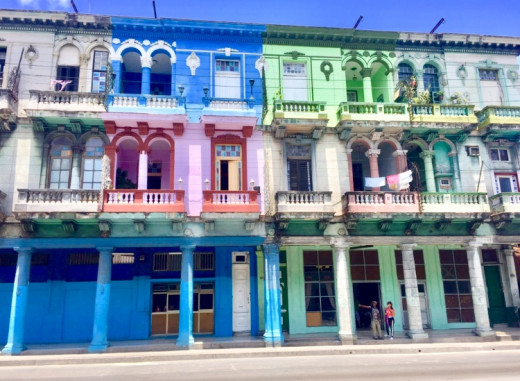
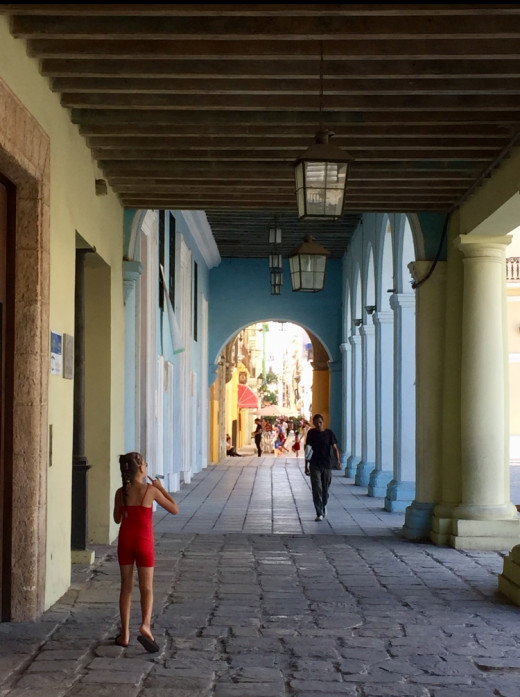
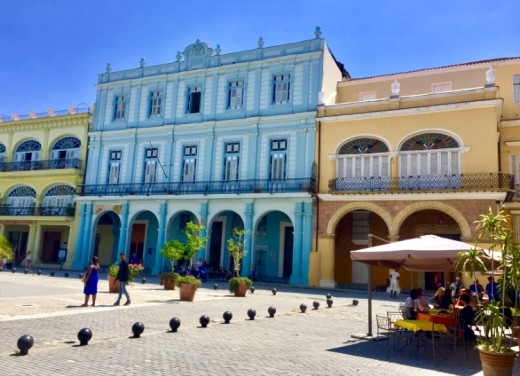
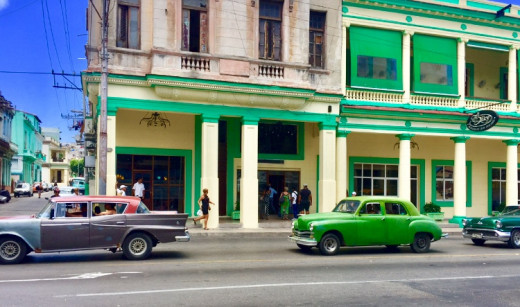
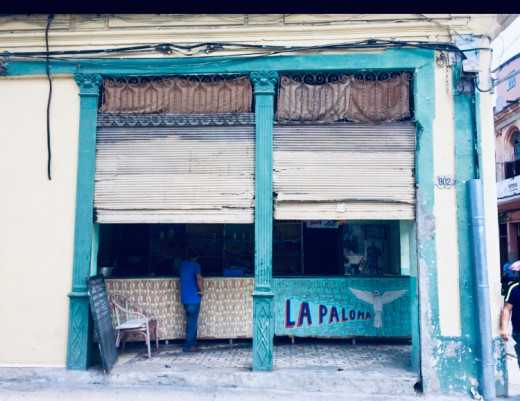
Farewell to Europe
Cuba became independent from Spain in 1898. After the Spanish-American war, Cuba was declared an independent republic in 1902. After that, there was close ties between America and Cuba until the Revolution.
The Spanish and European influences in architecture were set aside, and the American was exemplified. The biggest example of this is the Cuban Capitolio Nacional, which is a true copy of The United States Capitol in Washington DC.
At this time, much money was invested by the Americans in Cuba, not only in magnificent architecture and buildings, but also increased trade and development of the school and health care system.
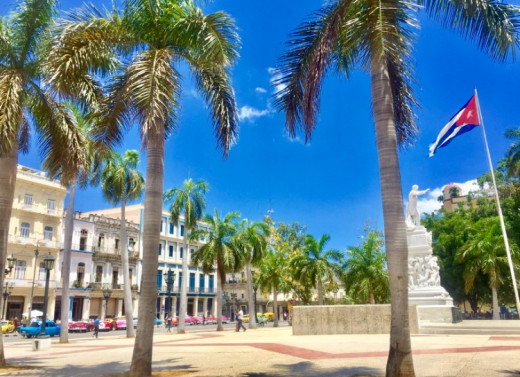
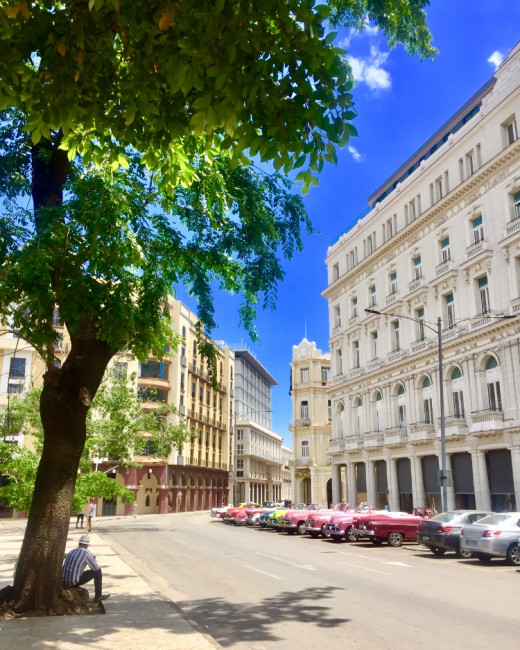
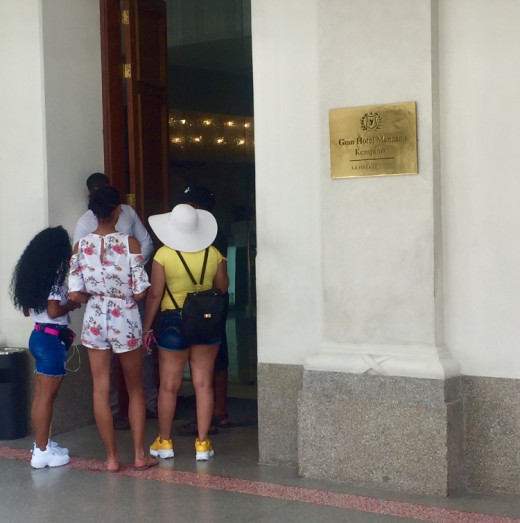
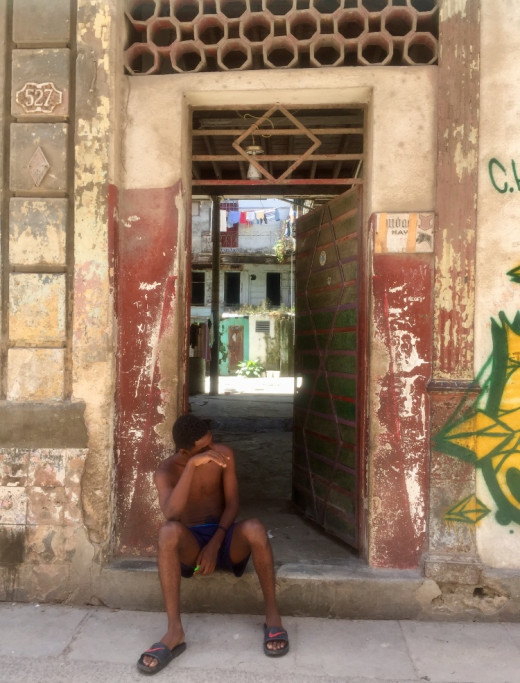
UNESCO World Heritage
After the 1959 Revolution, American investment ended and many Cubans fled to America. Some of the properties of those who fled were confiscated by Castro's regime. In retrospect, maintenance of the many irreplaceable buildings that testify to Cuba's history have been overlooked and neglected. A bright spot in the difficult situation of conservation is that in 1982 UNESCO recognized the historical and cultural significance of Havana's Old Town, La Havana Vieja.
An extensive restoration work is therefore underway, as necessary funds provide money for the work. The problem is that there are so many, many more areas with large and small architectural gems that are unfortunately suffering from decay and collapse.
It is a tragic loss for future generations.
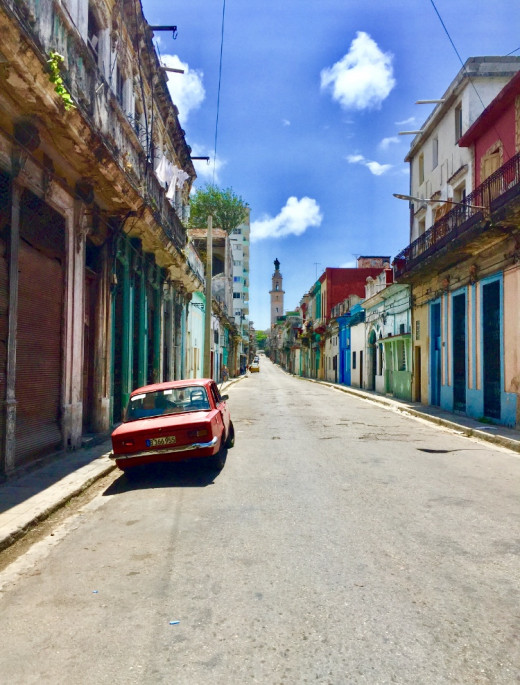
© 2020 Gro Kristina Slaatto

